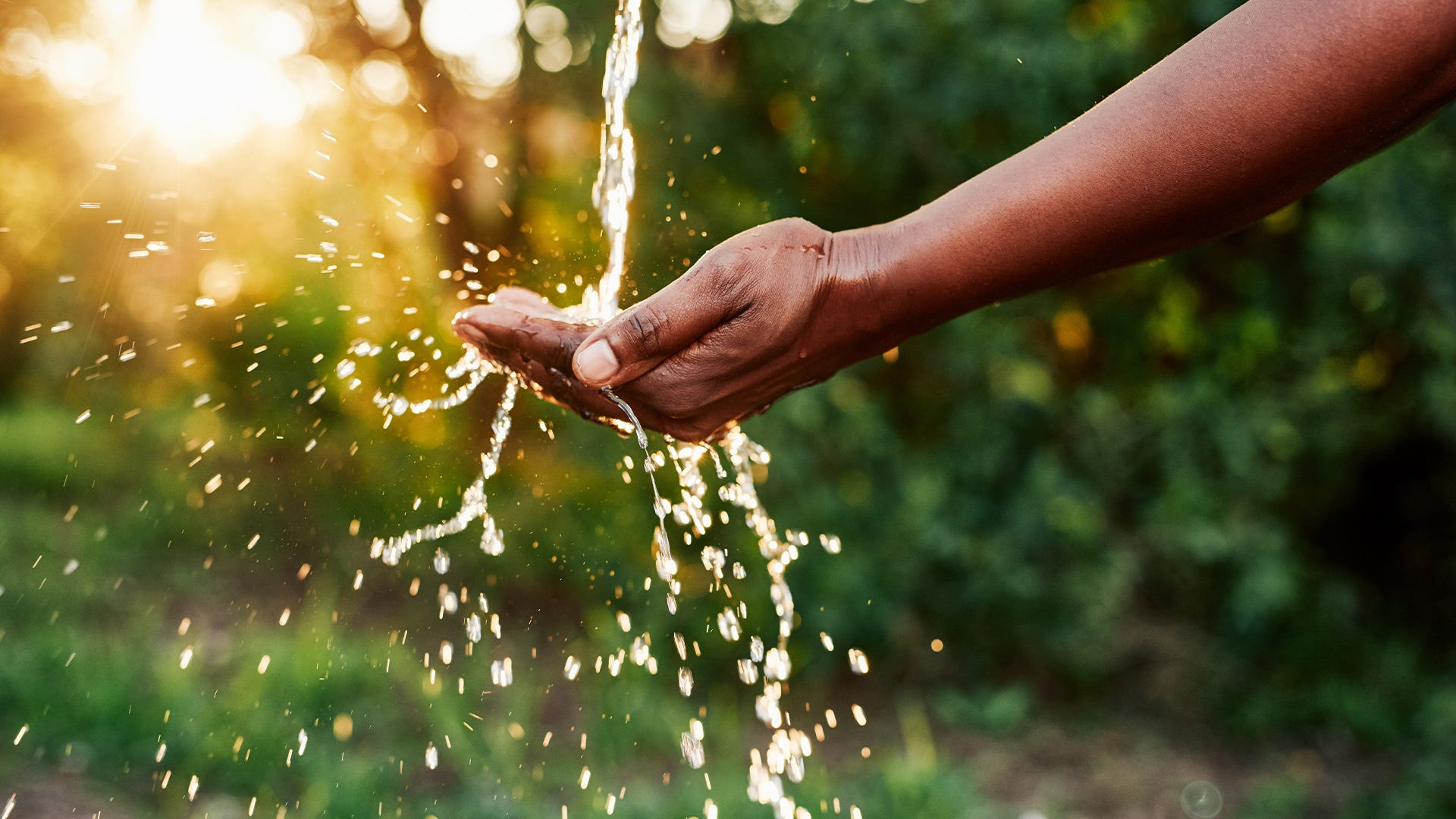
Water is simple: clear, odorless, and tasteless. Actually, that depends on where it comes from. Tap water may contain chemicals used to purify it, and well water might have natural minerals that change it in ways you can’t see. You use so much H2O in an indoor garden, you need to know what’s in your water and how it could affect your plants.
Public Utility
If you live in a city or the suburbs, your water most likely comes from a public utility that treats it to kill off microbes that cause illnesses in people. Pure water is pH neutral, but chlorine and other chemicals used to treat water change its pH. The right pH for your nutrient solution is essential for your plants to take it up most effectively, so you want to test the water before using it and adjust as needed.
Well
Rural homes typically get their tap water from underground wells. Minerals, such as calcium, are common in well water, and they, too, alter its pH. Test the water before mixing up any nutrient solution to ensure that you properly adjust the pH to fit your growing system and nutrient needs. If your home has well water that’s very high in mineral content, you may have noticed a crusty white buildup around fixtures and drains. These deposits in your hydroponic system can impair your plants’ growth and clog tubes. Filtering the water can help reduce the problem.
Filtered
No matter where your tap water comes from, it will be better for your crops if it’s filtered before you use it. There are many methods, from simple carbon-based filters to more complex reverse-osmosis systems. The differences are mostly about convenience. Whichever you choose, the results are nearly the same—water that’s close to its pure state.
Rain
Crops growing outside get the real thing: rainwater. Even if you grow under lights, you can capture rain in a plastic barrel attached to an outdoor downspout to use for your indoor crop. Rainwater is free of additives and low in minerals, though you should avoid collecting it from roofs covered with materials containing lead or asbestos. Still, unless you live in a very wet climate, you aren’t likely to collect enough precipitation to meet all of your watering needs.
Distilled
The distillation process of turning water into steam then collecting the condensation purifies the water, removing all chemicals, heavy metals, bacteria, and waste. The result is the colorless, odorless, tasteless, and pH neutral fluid that’s best for your garden. You can buy distilled water in bottles—just be sure you don’t pick up spring or mineral water, which may have the same drawbacks as well water. Or make your own with a steam distiller.



